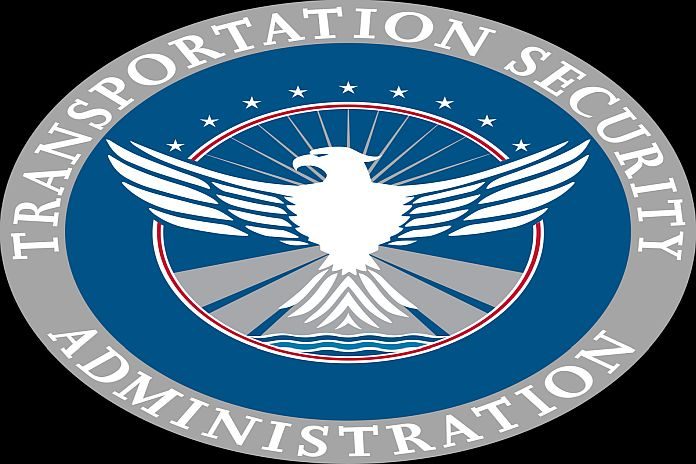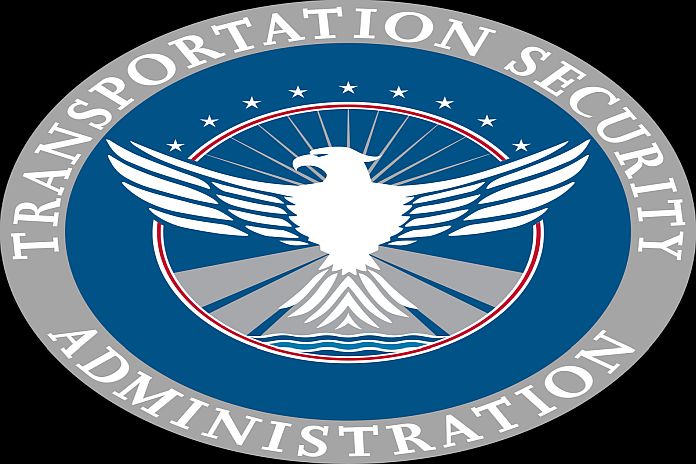TSA prepares operations for peak summer travel demand

WASHINGTON, USA – The Transportation Security Administration (TSA) continues to ramp up and refine operations for expected increased passenger travel volumes in advance of the Memorial Day holiday weekend and throughout the summer months.
“As we head into a summer where we hope to see a tremendous reemergence of domestic travel and the economic prosperity that travel brings, I’d like to highlight the incredible work of the men and women of TSA, who have been working on the front lines throughout the challenging pandemic,” said secretary Alejandro Nicholas Mayorkas. “I also want to commend our industry partners with whom we have a tremendous working relationship. We are all in this together to make sure that the American public can travel across the country safely and securely.”
“As passenger volumes continue to rise, TSA is ready for their return to airports across the country, equipped with enhanced airport security checkpoints, over 46,000 highly-trained security professionals, and valuable partnerships with stakeholders and industry, all to ensure a secure and seamless travel experience,” said Darby LaJoye, senior official performing the duties of the TSA administrator. “For those passengers returning to travel for the first time since 2019, be aware that some processes at the checkpoint have changed and some, like removing your shoes, remain in place. Additionally, during high volume months, travelers should plan to arrive early at the airport to complete the airport screening process and arrive timely at their departure gate.”
Secretary Mayorkas and Darby LaJoye were joined by Nicholas E. Calio, president and chief executive officer of Airlines for America; Kevin Burke, president and chief executive officer of Airports Council International-North America; George Novak, chief executive officer of National Air Carrier Association; Roger Dow, chief executive officer of US Travel Association; and Joel Bacon, executive vice president of government and public affairs for the American Association of Airport Executives.
During the event, they outlined key changes implemented at airports across the country to ensure the safety and security of travelers. Specifically, secretary Mayorkas highlighted DHS’s close partnership with industry stakeholders and LaJoye discussed changes already in place at airport screening checkpoints in response to COVID-19.
The summer travel season, which begins in late May and extends through and beyond Labor Day weekend, covers three full months and three major holidays.
Changes to airport screening checkpoints include the deployment of two new technologies, Credential Authentication Technology (CAT) and Computed Tomography (CT). Since the pandemic, TSA deployed these systems to checkpoints and modified screening procedures in an effort to reduce physical contact. TSA deployed 501 CAT units to 88 airports and 323 CT units to 141 airports nationwide. The modified CAT unit allows passengers to scan their own ID to complete the identity verification process and eliminate the need to hand the credential to a TSA officer. The CT units provide TSA officers the ability to review a 3D image of passengers’ bags and reduce the need to search the bag’s contents. Passengers screened in security lanes with CT units do not need to remove their 3-1-1 bag or electronics. In addition, TSA installed acrylic barriers throughout its checkpoints nationwide.
For those who choose to travel this summer, follow these five simple tips to get through the TSA checkpoint quickly and efficiently.
Tip 1: Wear a face mask. Face masks remain mandatory for employees and passengers, regardless of vaccination status, throughout all domestic transportation modes, including airport security screening checkpoints. Since the implementation of the face mask mandate for travelers on Feb 2, there has been near-total voluntary compliance throughout the entire transportation system.
Tip 2: Pack smart; start with empty bags. Those airline passengers who begin packing for travel with empty bags are less likely to bring prohibited items through a TSA checkpoint. Technology and modifications help reduce the need for physical contact with TSA officers, but those who take time to come prepared for the TSA checkpoint are far more likely to avoid physical contact. Check for prohibited items by using the “What Can I Bring?” page on TSA.gov.
Tip 3: Consider other ways that might help avoid physical contact at the checkpoint. Prior to entering the line for the TSA checkpoint, take a few minutes to prepare. Place jewelry, keys and other pocketed items into your carry-on bag so they might be scanned with need for fewer bins at the conveyor belt. Have a valid ID card readily available and follow the liquids rule of 3.4 ounces or less, with the exception of hand sanitizer, which has a temporary 12-ounce limit in carry-on baggage.
Tip 4: Contact TSA for help if there are questions or concerns. Those who are preparing to travel and may have special circumstances, considerations or general questions about airport screening can get live assistance by tweeting questions and comments to @AskTSA or via Facebook Messenger, weekdays from 8 a.m. to 10 p.m. EST and weekends/holidays from 9 a.m. to 7 p.m. EST. You can also call the TSA Contact Center at 866-289-9673.
Tip 5: Enroll now in TSA PreCheck® to “Travel with Ease.” By enrolling in TSA PreCheck, airline passengers can avoid removing shoes, belts, liquids, food, laptops and light jackets at the TSA checkpoint. Most new enrollees receive their known traveler number within five days, and membership lasts for five years.
TSA seeks to ensure a healthy and secure environment for employees and airline passengers. For additional information about TSA procedures during COVID-19 as part of our “Stay Healthy. Stay Secure” campaign, visit tsa.gov/coronavirus.
Source: caribbeannewsglobal.com



